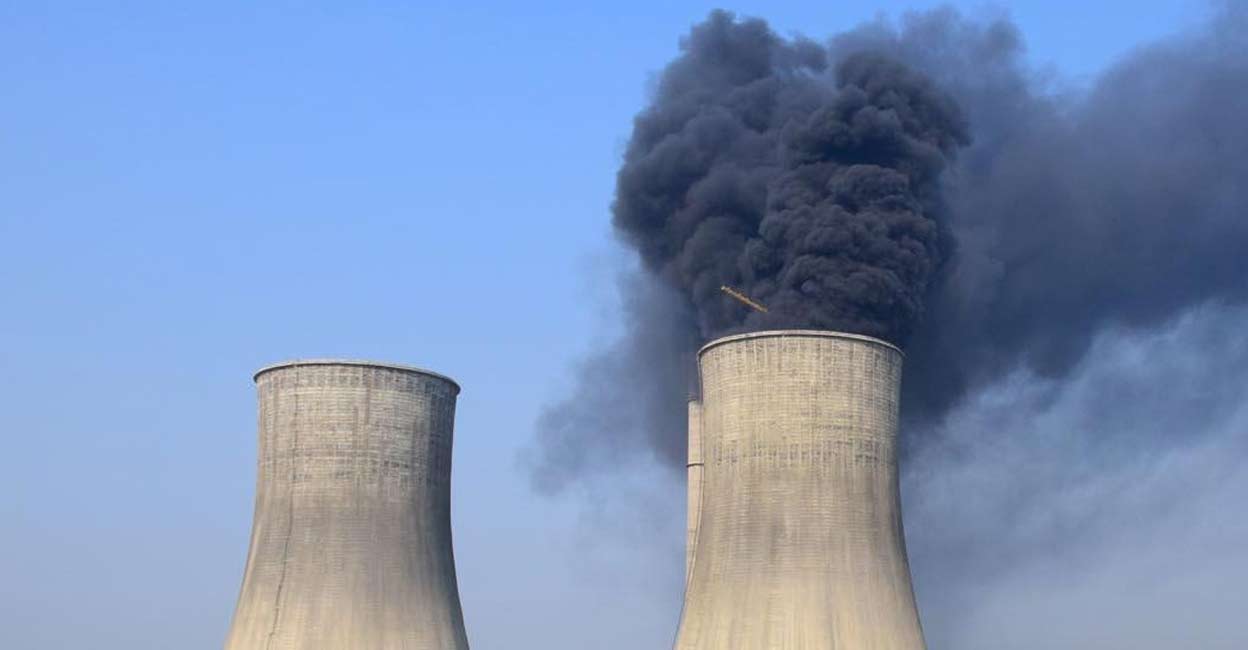New Delhi: Industrialised nations of the Global North, such as the US and Germany, are responsible for 90 per cent of excessive levels of carbon dioxide emissions and could be liable to pay a total of USD 170 trillion in compensation to low-emitters like India to ensure climate change targets are met by 2050, according to a new study.
India is owed an annual compensation of USD 1,446 per capita until 2050 and a yearly compensation equivalent to 66 per cent of its GDP in 2018, the study published in scientific journal Nature Sustainability on Monday said.
The researchers from University of Leeds, the UK, analysed 168 countries and quantified historical responsibility for climate breakdown, based on excess carbon dioxide emissions beyond equality-based fair share of global carbon budgets.
Climate science defines carbon budget as the amount of greenhouse gases that can be emitted for a given level of global warming (1.5 degree Celsius in this case).
They proposed an evidence-based compensation mechanism that takes into account historical responsibility for both causing and averting climate breakdown in an ambitious scenario where all countries decarbonise from current levels to ‘net zero’ by 2050, which science says would limit global warming to 1.5 degrees Celsius.
Even under ambitious scenarios that limit global warming to 1.5 degrees Celsius, the Global North would overshoot its collective share of the carbon budget by a factor of three, appropriating half of the Global South’s fair share in the process. “This is unjust,” they said.
A handful of low-emitting countries, especially India, would sacrifice a majority of total appropriated emissions to balance the excess of over-emitting countries and keep global heating within 1.5 degrees Celsius, the research says.
The top five over-emitting countries, including the US, Germany, Russia, the UK and Japan, would be liable to pay USD 131 trillion (more than two-thirds of total compensation.
On the other hand, the top five low-emitting countries – India, Indonesia, Pakistan, Nigeria and China – are entitled to receive USD 102 trillion in compensation or reparations.
In 2015, countries agreed to limit global warming to 1.5 degrees Celsius as compared to pre-industrial levels (1850-1900) to avoid extreme, destructive and likely irreversible effects of climate change.
Earth’s global surface temperature has risen by around 1.15 degrees Celsius, and the CO2 spewed into the atmosphere since the start of the industrial revolution is closely tied to it.
Despite accounting for more than 17 percent of the global population, India has contributed only about 4 percent of the global cumulative greenhouse gas emissions between 1850 and 2019.
At 2.4 tCO2e (tonne carbon dioxide equivalent), India’s per capita greenhouse gas emission is far below the global average of 6.3 tCO2e, according to a report released last year by the United Nations Environment Programme.
Per capita emission in the US (14 tCO2e) is far above the global average, followed by Russia (13 tCO2e), China (9.7 tCO2e), Brazil and Indonesia (about 7.5 tCO2e each), and the European Union (7.2 tCO2e).
Research on carbon inequalities shows that some countries are overshooting their fair share of the remaining carbon budget and hold disproportionate responsibility for climate breakdown.
Many poor and developing countries argue that the overshooting countries owe compensation or reparations to undershooting countries for atmospheric appropriation and climate-related damages.







